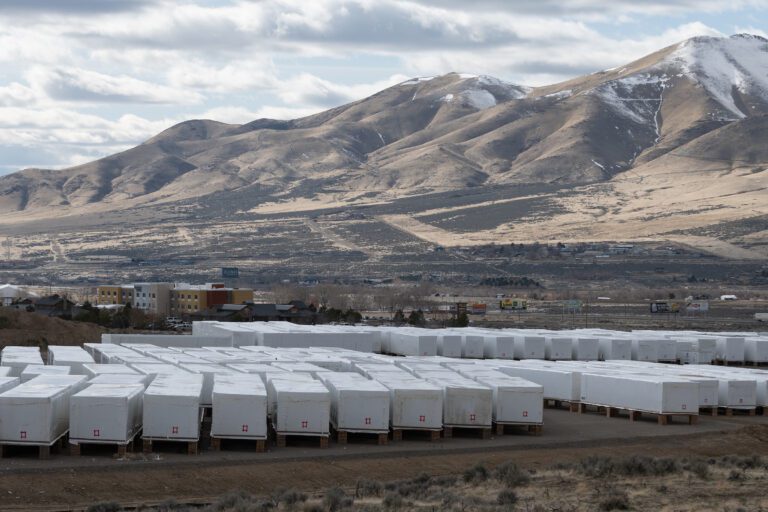Economic Impact and Community Challenges of Lithium Mining in Nevada
Introduction to Lithium Mining Developments
The Thacker Pass and Rhyolite Ridge lithium projects are set to transform rural Nevada’s economy by creating thousands of jobs and generating significant revenue. Thacker Pass, notably recognized as the largest lithium resource globally, is projected to employ approximately 2,000 individuals, while Rhyolite Ridge aims to offer hundreds of positions in Esmeralda County, the state’s least populated county.
Economic Prospects for Local Communities
Both mining operations promise to inject crucial financial resources into their respective communities. For instance, Rhyolite Ridge is estimated to contribute between $300 million and $700 million to local government over its 60-year lifespan, along with substantial funding for educational institutions.
In Humboldt County, where Thacker Pass is located, projections indicate that the mine could yield an annual influx of $6.5 million during its construction phase, escalating to $26.5 million during operational periods. This financial boost is largely attributed to sales taxes generated from materials purchased for the projects.
Infrastructural Challenges and Community Concerns
Despite the anticipated financial benefits, local communities are grappling with several challenges, particularly regarding infrastructure. As the population increases due to new jobs created by the mines, rural counties face pressure to fund essential services, including roads and emergency response systems, without having immediate access to mining-related tax revenues.
“It’s not just ‘not in my backyard’ — it’s that the mine is bringing issues we didn’t have before, but we don’t have the resources to deal with them,” stated Susan Frey, a member of the Thacker Pass Working Group.
Corporate Commitments to Community Welfare
Mining companies, including Lithium Americas and Ioneer, recognize the importance of reinforcing local infrastructure. They have pledged to support community needs, which includes funding for new schools in Humboldt County and increasing law enforcement around Rhyolite Ridge. Tim Crowley, Lithium Americas’ vice president, remarked, “We committed to build it and are moving forward with it,” referring to the planned school.
The Need for a Social Contract
Experts argue for a more equitable relationship between mining companies and local communities, suggesting the establishment of a social contract. This would entail the companies contributing to long-term communal benefits, such as improved broadband access, alongside necessary infrastructure upgrades. Mark Haggerty, a senior fellow at the Center for American Progress, emphasizes that the extraction of valuable resources should ensure that communities receive prompt and tangible benefits.
Funding Gaps and Proactive Measures
Many rural counties, faced with limited tax bases, are left vulnerable as they anticipate costs without immediate revenue. A development agreement has been established between Ioneer and Esmeralda County, providing $15 million in benefits prior to the mine becoming operational. This agreement covers critical road upgrades and emergency personnel provisions, aiming to fill the financial gaps until tax revenues can be collected.
Community Safety and Infrastructure Improvements
A significant concern for residents relates to safety, particularly in Orovada, where construction traffic could jeopardize the local school’s environment. Educational officials have classified this as a serious issue as hundreds of trucks are expected to operate near the K-8 school. Dave Jensen, superintendent of the Humboldt County School District, highlights that community safety must be prioritized for both residents and the workforce.
The Future of Rural Nevada with Lithium Mining
The promising economic outlook from lithium mining projects in Nevada is juxtaposed with community concerns regarding infrastructure, safety, and equitable compensation. As construction ramps up, ongoing dialogue between mining companies and local officials will be essential in addressing these challenges. Ensuring that mining operations contribute holistically to the local economy may determine the long-term viability and support for these projects.


